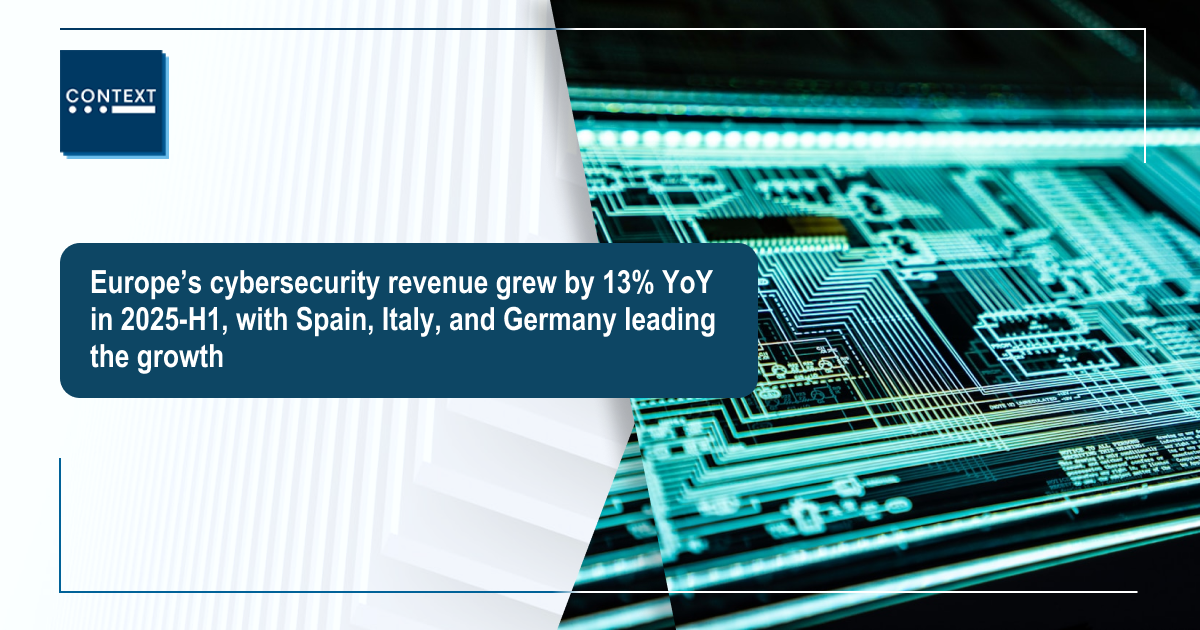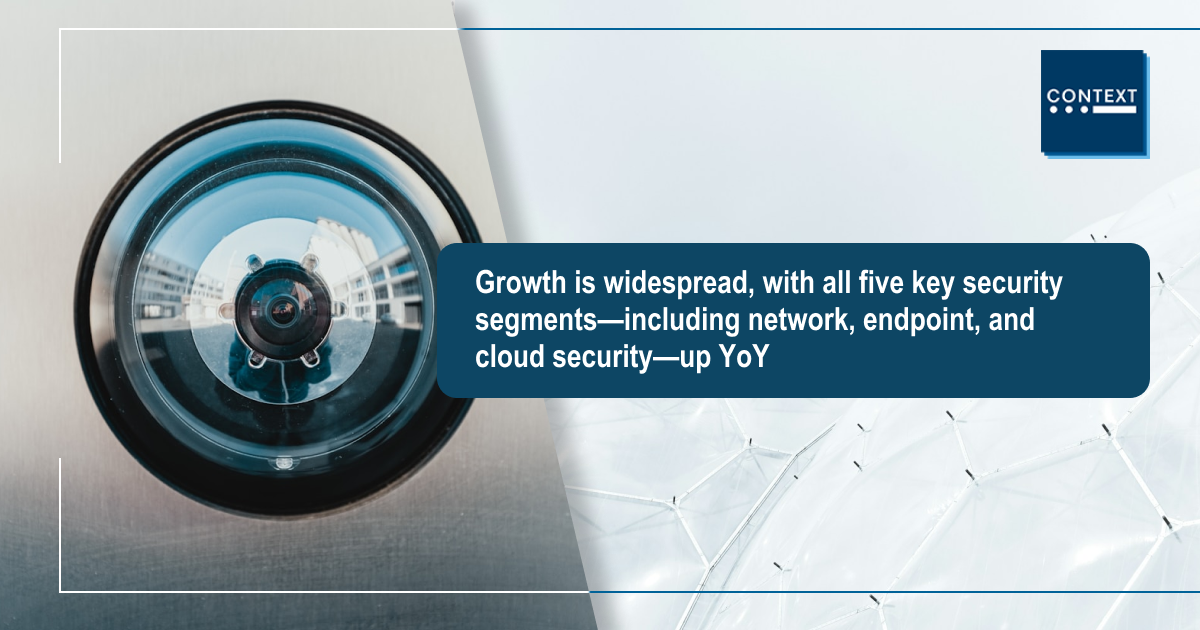What do a $25 billion corporate
acquisition and an AI-generated deepfake of a CEO have in common? They
both illustrate the paradox of European cybersecurity—a market that is
booming in response to escalating threats. One is a sign of a maturing
industry, the other a stark reminder of the risks.
The age of the "cyber super-group"
The Palo Alto Networks acquisition
of CyberArk for $25 billion signals a major shift towards
consolidation. For years, businesses sourced security needs from
dozens of specialists. Now, the largest players are acquiring these
specialists to become "cyber super-groups," offering
all-in-one solutions that protect every part of a business’s digital
infrastructure. We expect to see more of these deals as major
companies vie for market dominance.
The Next Cyber Threat: AI-Driven Attacks
While the market matures, the
threat landscape is growing at a terrifying pace. Threat actors are
using AI to supercharge attacks, making them faster, more targeted,
and harder to spot. We are seeing an emerging trend with AI used to create:
-
Sophisticated phishing: AI generates
flawless, personalised emails that mimic a specific person's
writing style, making it difficult to differentiate a real message
from a fake.
-
Deepfakes: With
seconds of audio or video, AI can create a digital clone of a
person—for example, a CEO—to trick employees into transferring
funds or handing over sensitive information.
This new wave of attacks is pushing
businesses and individuals to upgrade their defences.
The EU's master plan: turning regulations into resilience
A key driver of this spending is
the European Union's move towards a coordinated, continent-wide
response to cross-border threats. This includes:
-
The Cyber Blueprint: This framework
is designed to get all EU countries working together to
defend and respond to large-scale cyberattacks, replacing a
country-by-country approach.
-
The NIS2 Directive: This enforced directive
requires businesses to invest in robust security measures and
holds them accountable if they fail. Non-compliance can lead to
substantial fines, making a strong cybersecurity posture a legal
and financial necessity.
These regulations are creating a
powerful incentive for companies to invest in security.
The Data is Clear: Europe is Making Significant Investments
Europe’s cybersecurity revenue grew
by 13% YoY in 2025-H1. This is a sign of healthy, sustained
investment. The top-performing countries were Spain (26% YoY
change), Italy (23% YoY change), and Germany (14% YoY change).

Growth is widespread, with all five
key security segments—including network, endpoint, and cloud
security—up YoY. This indicates that businesses are building
multi-layered defences.

The one notable exception is the
UK, which had a negative 11% YoY performance. This is not a sign of
weakness, but a statistical anomaly due to an exceptionally strong
performance in the same period last year, which created a high bar for comparison.
What's next for cybersecurity?
2025-H1 paints a clear picture: the
battle between cyber threats and defences is escalating. While AI is
arming attackers with new tools, new regulations and major market
players are equipping defenders with the budget and technology to
fight back. Our data helps illuminate these shifts, supporting both
the market and cybersecurity companies as they navigate risks, seize
opportunities, and strengthen resilience.
For more on these and
other IT channel trends, tune into CONTEXT’s weekly IT
Industry Forum webinars. Register here.